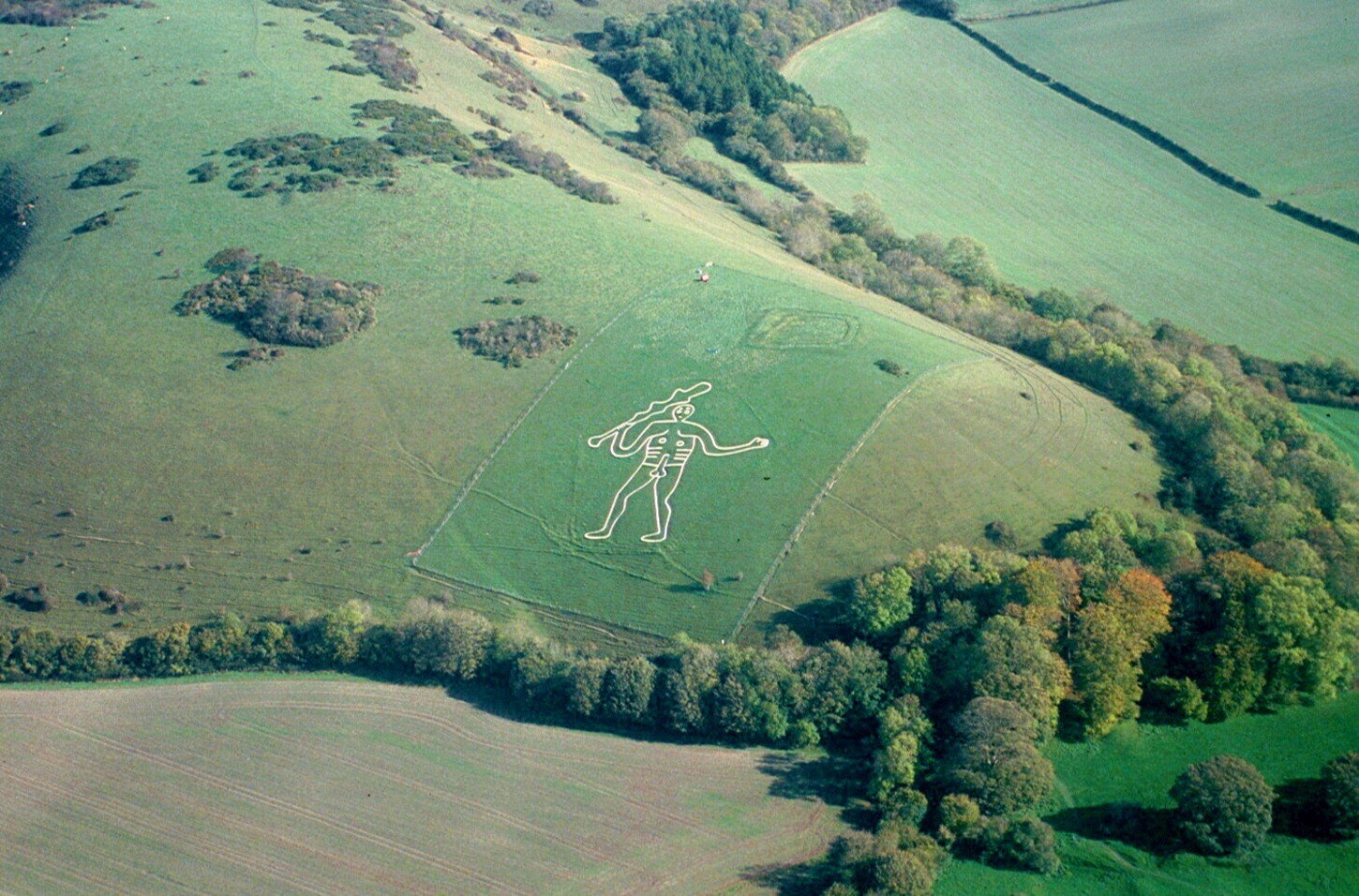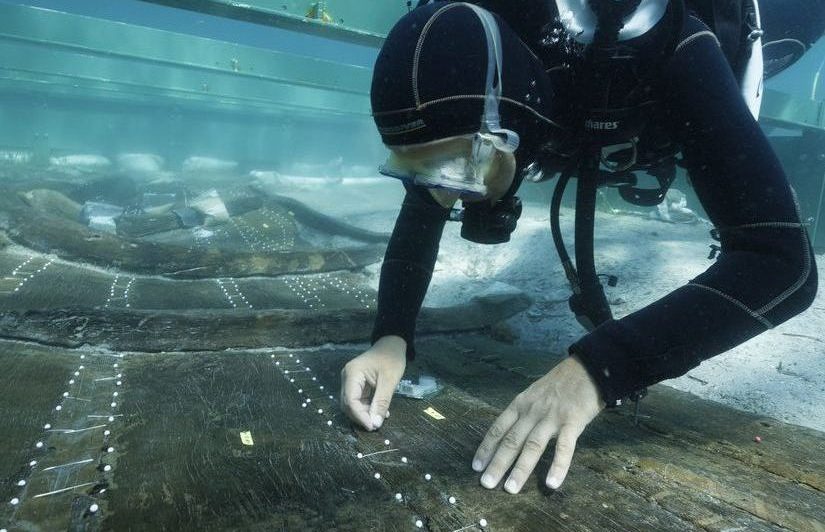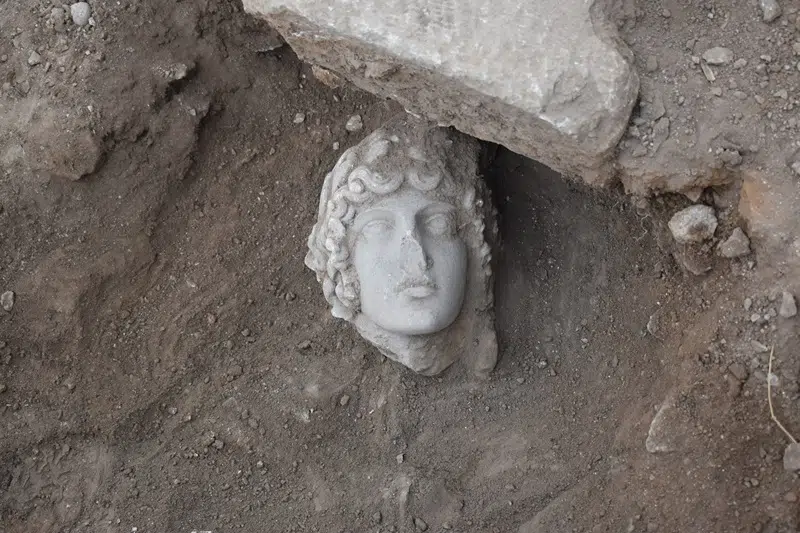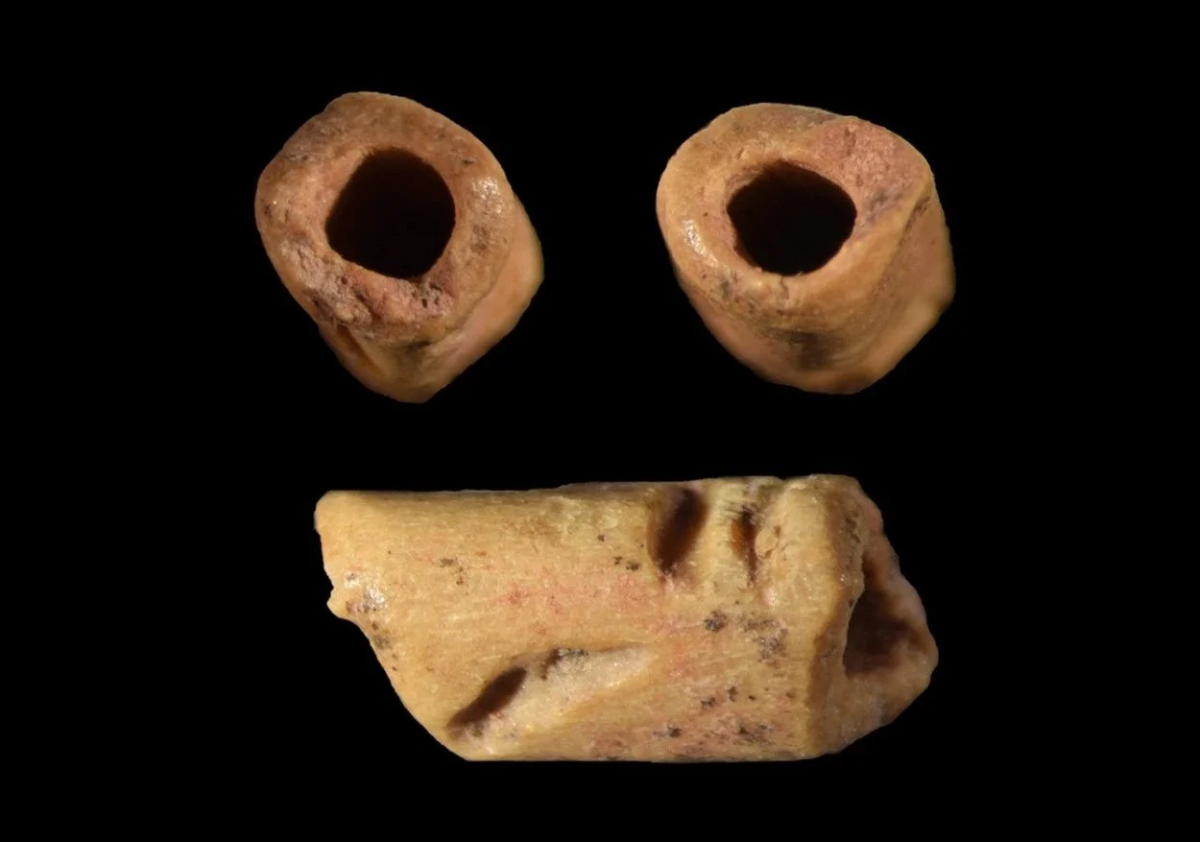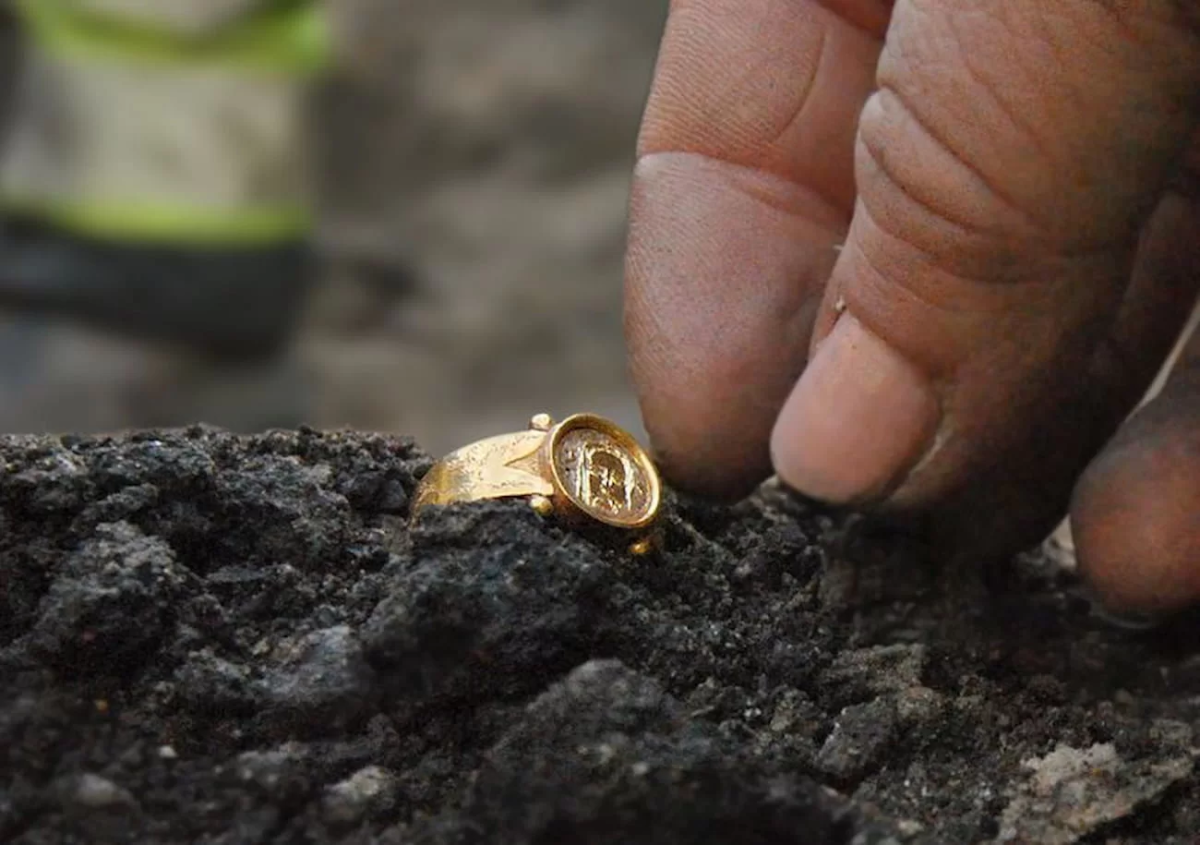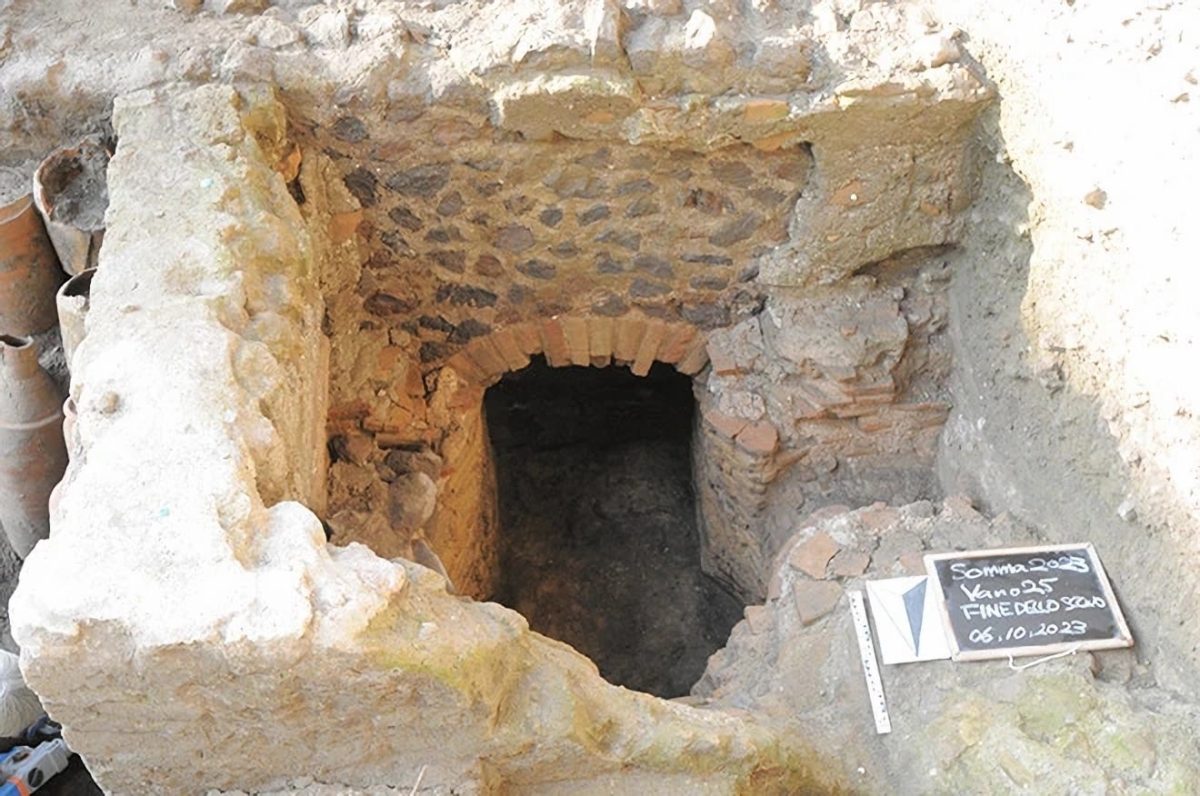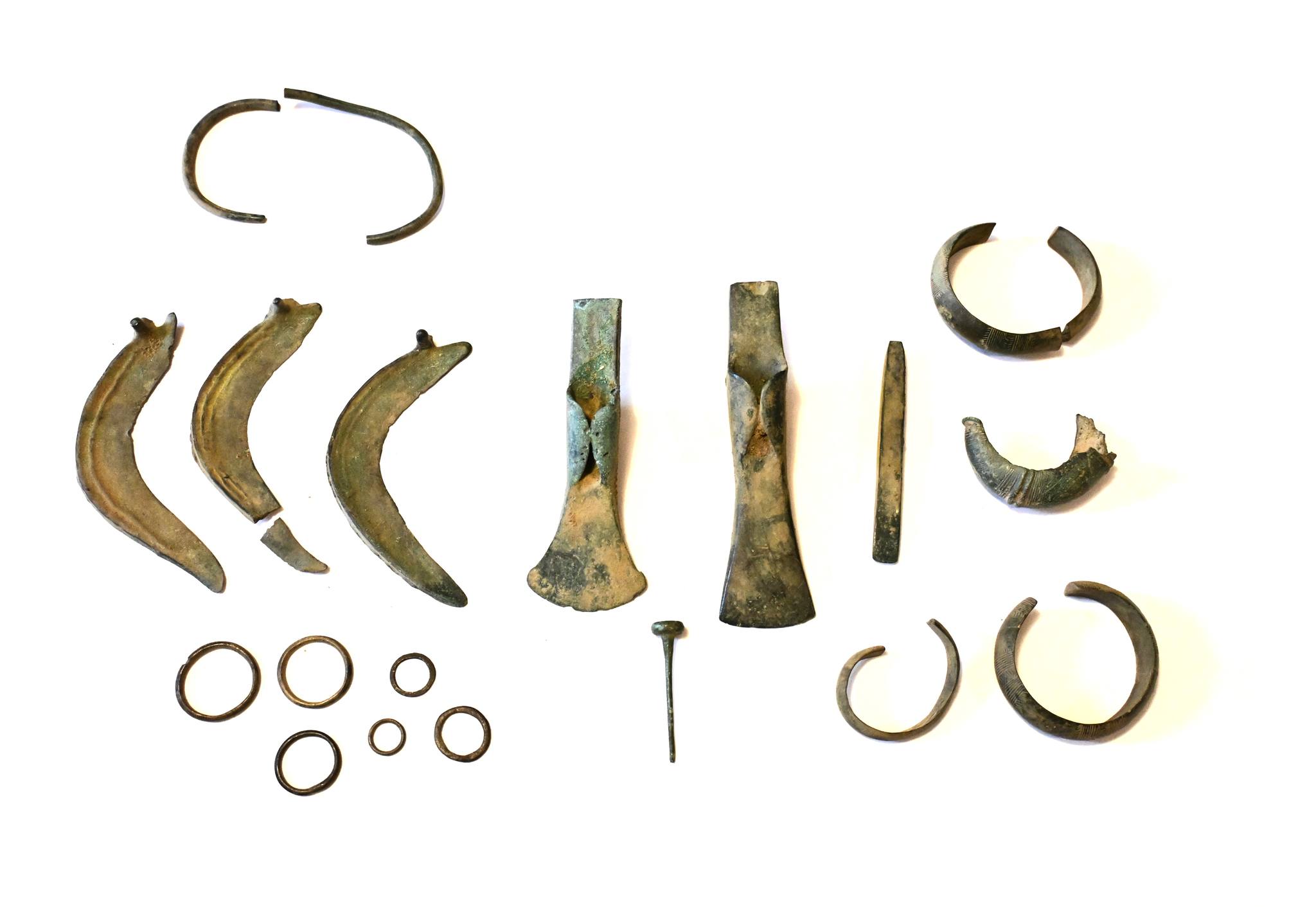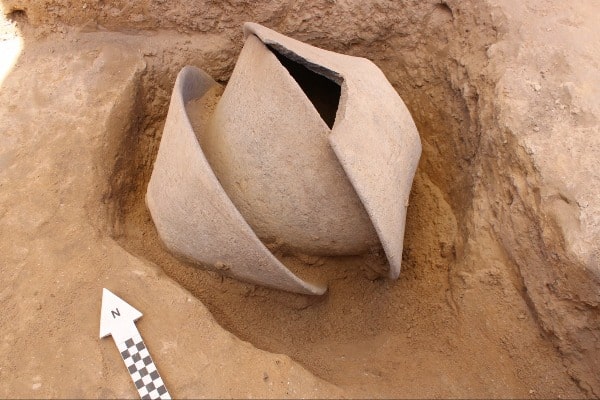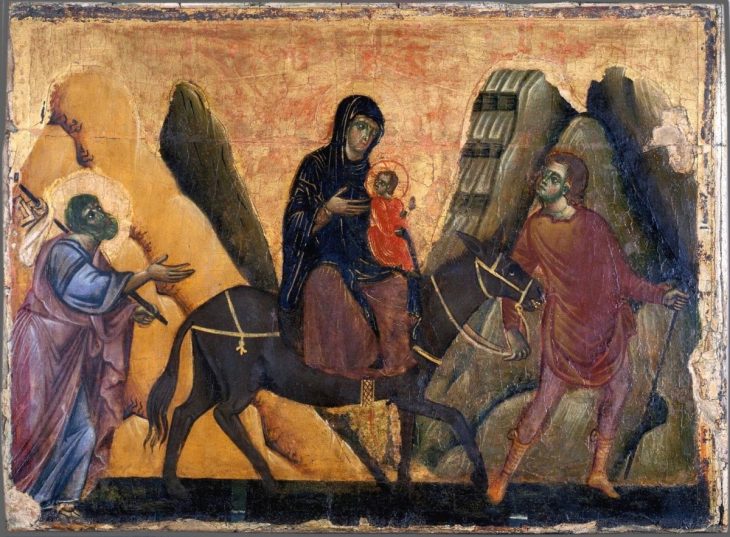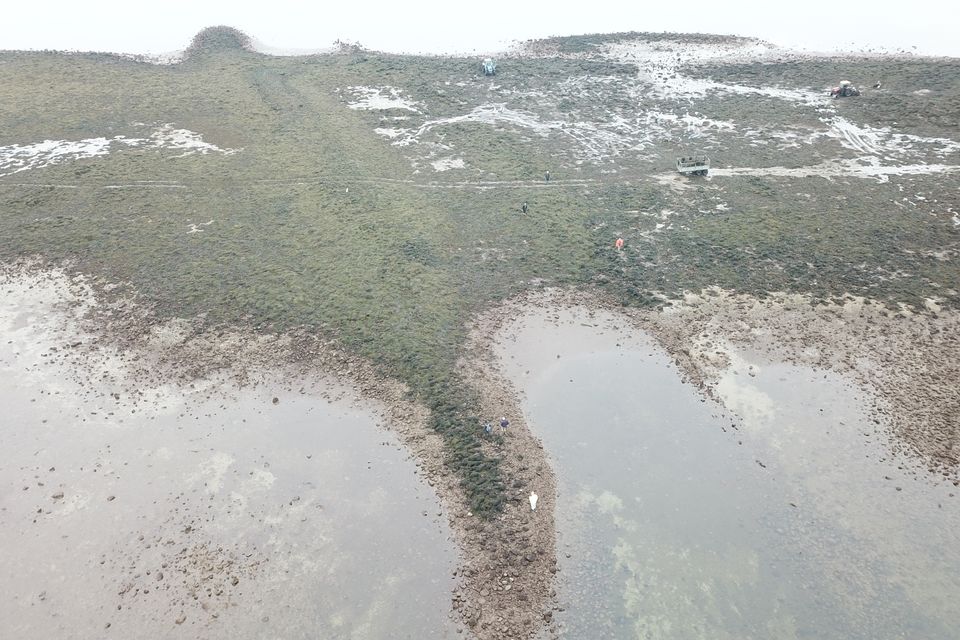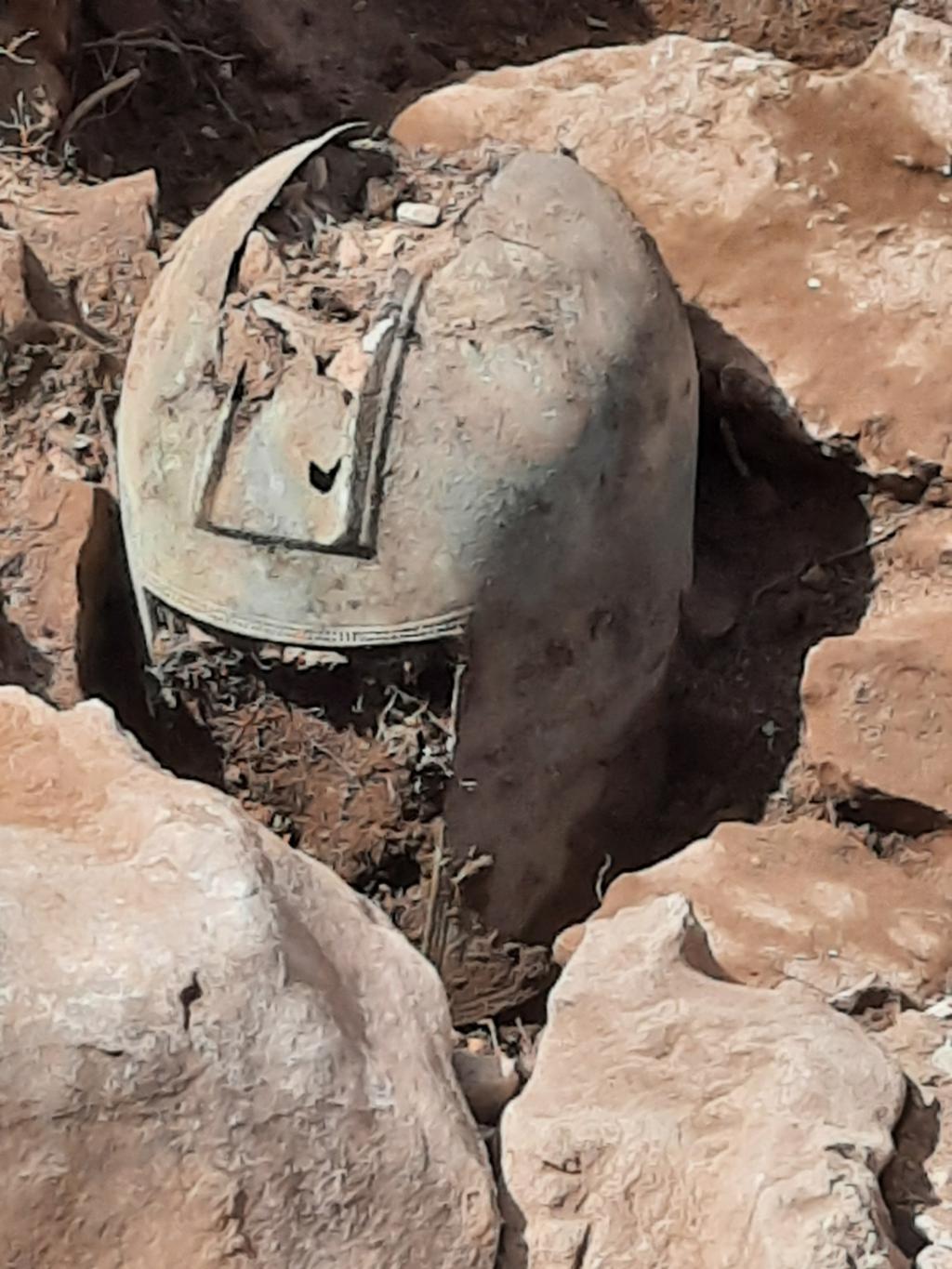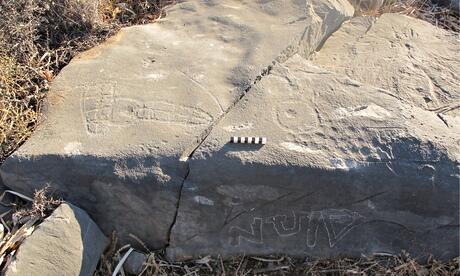New research from the University of Oxford concludes that the Cerne Abbas Giant was originally carved as an image of Hercules to mark a muster station for West Saxon armies. The figure was later reinterpreted by the monks of Cerne Abbas as their local Saint Eadwold.
Research, undertaken by Martin Papworth for the National Trust, showed that the Giant was carved in the Anglo-Saxon period not, as most people thought, in prehistory or more recently, yet the reason why he was made has remained a mystery.
Now, Helen Gittos and Tom Morcom, academics from the University of Oxford, have worked to uncover the early medieval history and archaeology of the area to understand why this chalk hill figure was carved on the hillside of what is now a sleepy Dorset village.
Their research shows that he was originally carved as an image of the Classical hero Hercules as a rallying point for mustering West Saxon armies at a time when Dorset was being attacked by Viking armies.
“The Cerne Giant in its Early Medieval Context” is published in the January 1, 2024 edition of the journal Speculum
“It’s become clear that the Cerne Giant is just the most visible of a whole cluster of early medieval features in the landscape,” says Helen Gittos, Associate Professor in Early Medieval History, University of Oxford.
Hercules was well-known in the Middle Ages, a flawed hero both revered and reviled, and there was a particular spike of interest in him during the ninth century.
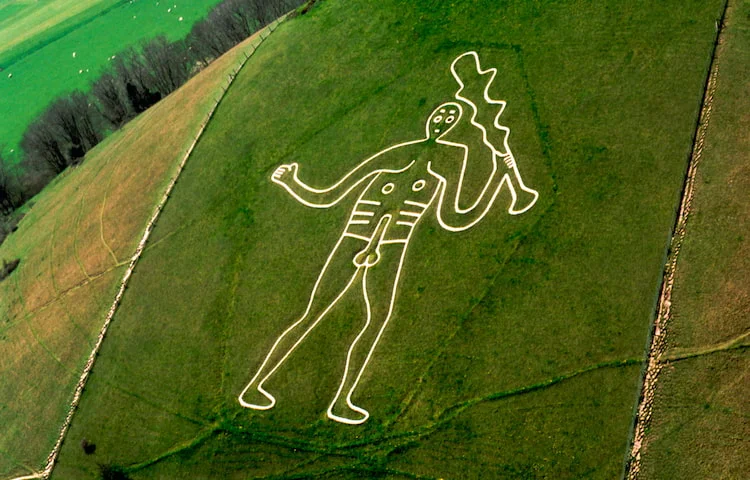
By at least the 10th century, Cerne was in the hands of the ealdormen of the Western Provinces, the kings’ leading thegns in the southwest. The topographical location of the Giant, on a spur jutting out from a ridge, with impressive views and proximity to major routeways, is characteristic of a special type of Anglo-Saxon meeting place. The attacks by Vikings nearby, the access to copious fresh water and the supplies of the local estate, make this an ideal place for mustering West Saxon armies with Hercules as a back-drop.
In the eleventh century, the monks worshipping in the monastery at the bottom of Giant Hill, re-imagined him as an image of their saint, Eadwold, implicitly referring to the Giant in the lessons they read on his feast day. This is one of the many ways the giant has been reinterpreted through the centuries: from Hercules to hermit.
“The Giant’s identity was already open to reinterpretation. The monks of Cerne wouldn’t have portrayed their patron saint as naked if they were carving him from scratch, but they were happy to co-opt him as an image of Eadwold for their own purposes. The Giant has long been loved and looked after and such reidentifications continue into the present day,” says Tom Morcom, Postdoctoral researcher at the University of Oslo.
Cover Photo: Aerial view showing the field below the giant and the “herepath” curving up onto Giant Hill from the bottom right, Cerne Abbas, Dorset, England. Photo: Pete Harlow, CC BY-SA 3.0, via Wikimedia Commons. Credit: Speculum (2023). DOI: 10.1086/727992

